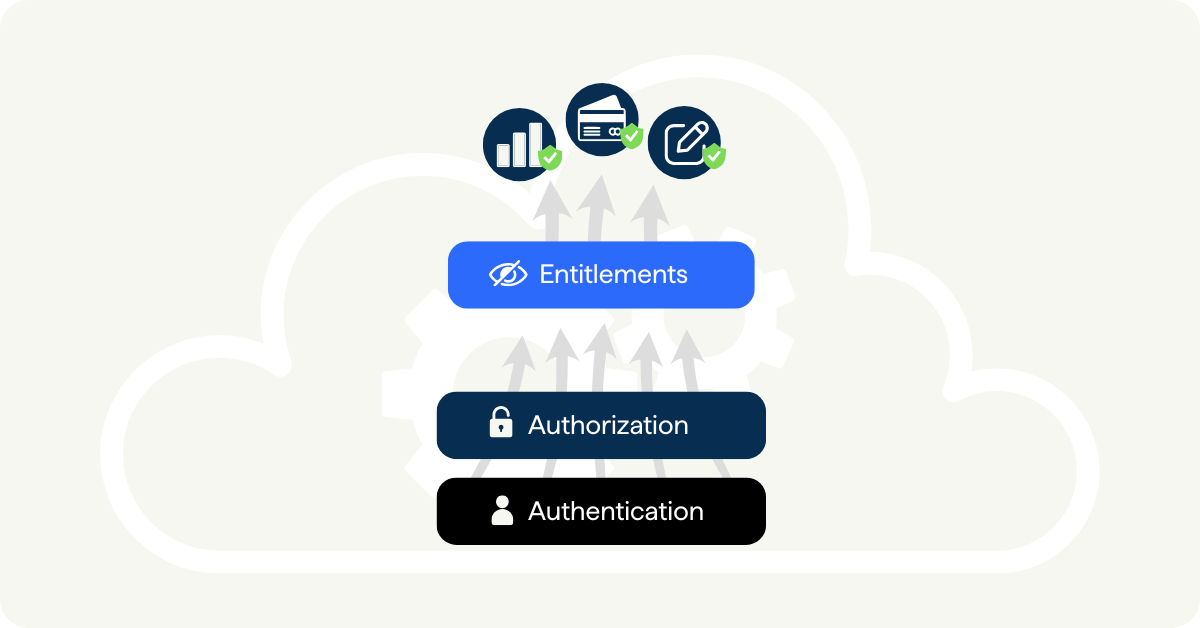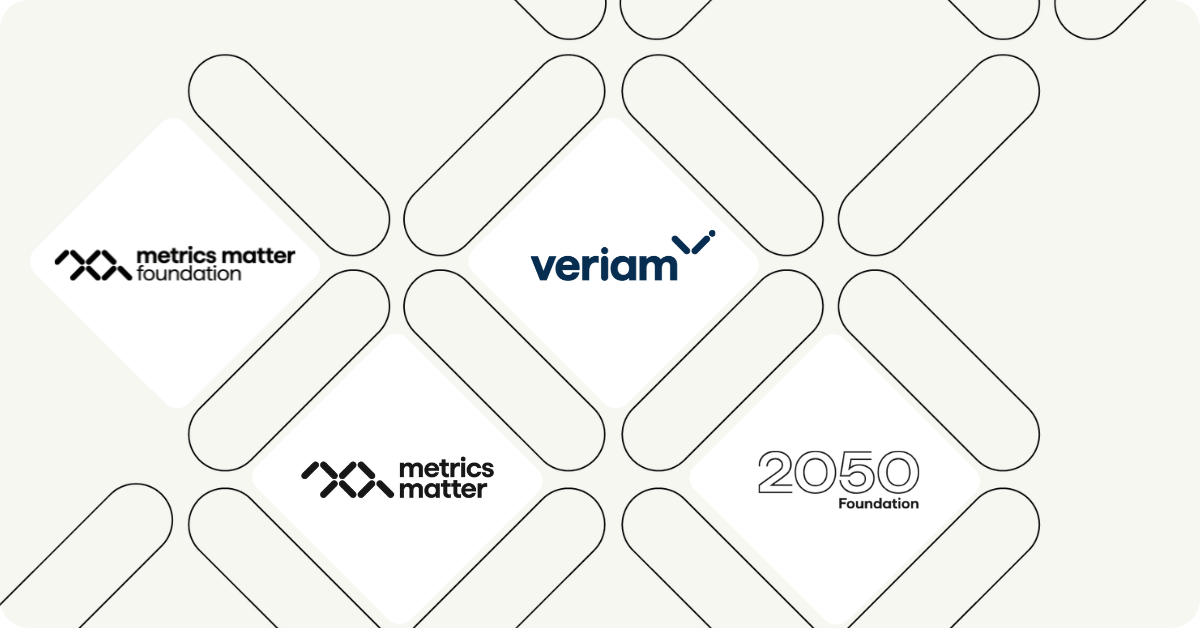Managing SaaS growth with subscription-based access control (SBAC)
For SaaS businesses, access management and subscriptions are often treated as separate processes. One system controls who can log in and tracks entitlements, another handles billing. At first, this might not seem like a problem. But as a business scales, juggling multiple tools becomes inefficient, prone to errors, and increasingly difficult to manage.
Subscription-based access control (SBAC) solves this by aligning user permissions directly with their subscription status. Instead of managing upgrades, downgrades, and cancellations across different systems, businesses can automate access control based on what customers have paid for—reducing admin work, improving security, and delivering a smoother experience for users.
Why access should be tied to subscriptions
Traditional subscription management focuses on payments, collecting fees, sending invoices, and handling renewals. But what happens when access permissions don’t update in real time? A customer cancels but still has access. Another upgrades their plan but is stuck with restricted features. A failed payment leads to unintended service interruptions.
These mismatches create issues for both businesses and users. Support teams deal with frustrated customers locked out of what they’ve paid for (or still accessing what they haven’t). Finance teams manually check accounts to ensure billing and access align. Security teams worry about unauthorized users slipping through.
By linking access control directly to subscriptions, these problems disappear. Users get exactly what they’ve paid for, automatically.
The hidden costs of managing access and subscriptions separately
For early-stage SaaS businesses, the initial approach to subscriptions is often simple: customers sign up, pay, and gain access. But as the business grows, things get complicated.
- Multiple tools mean more maintenance. Companies may start with one tool for subscriptions, another for authorization and authentication, and a third for contracting or perhaps payments (unless they decide to build one or more of these themselves, which takes significant dev time). And, as teams have to sync data between tools, errors creep in, requiring constant troubleshooting.
- Scaling adds complexity. Expanding to new markets, introducing different pricing tiers, or offering enterprise licenses all require more manual oversight when systems aren’t connected.
- Security risks increase. If access isn’t revoked immediately when a subscription ends, ex-customers could continue using the service. Conversely, failing to grant access immediately after an upgrade leads to frustrated users who don’t get what they paid for.
- More support tickets. One way to make sure access and subscriptions are aligned is to make the process manual, which means that customers have to reach out to sales or support teams. Every manual upgrade and, indeed, fix means extra costs, time, and slows down the user journey.
Aligning access with subscriptions eliminates these issues, creating a single process where customers only have the permissions their plan allows. No extra steps, no manual interventions.
How SBAC improves security and compliance
Security isn’t just about keeping unauthorized users out, it’s also about ensuring the right people have the right access at the right time. When access is managed separately from subscriptions, compliance gaps form. Users who downgrade might still have premium features. Ex-employees at a client company might retain access to internal dashboards. Businesses handling sensitive data (such as financial or health records) can’t afford these oversights.
Subscription-based access ensures that permissions automatically update when a user’s plan changes. This is particularly important for:
- Regulatory compliance. Many industries have strict controls over who can access certain data. Keeping access and billing in sync makes compliance easier.
- Minimizing risk exposure. Reducing the number of people with unnecessary access decreases the risk of data leaks or breaches.
- Ensuring auditability. When access changes are automated, logged and managed in one place, it’s easier to track compliance and security.
A better experience for customers
Beyond security and efficiency, subscription-based access improves the customer experience. Users expect instant updates when they change their subscription. If they upgrade, they want access right away, not in a few hours after a manual review. If they cancel, they don’t want unexpected charges or lingering permissions.
Other benefits include:
- Fewer barriers to entry. Subscription-based access enables free trials and self-serve sign-ups without requiring manual intervention from support teams.
- More transparency. Customers can see exactly what they have access to, based on their plan. No confusion, no surprises.
- More flexibility. Users can upgrade, downgrade, or cancel their subscriptions, with access updating automatically.
The smarter way forward for SaaS
For SaaS businesses looking to scale, subscription-based access is more than just a convenience. It keeps billing and permissions in sync, reduces admin work, improves security, and creates a frictionless experience for customers.
Instead of managing subscriptions and access separately, businesses should look for solutions that integrate both—ensuring that users only have access to what they’ve paid for, automatically. This not only makes operations easier to set up and manage but also provides a foundation for sustainable growth, reducing churn and support overhead while improving security and compliance.
SaaS success depends on balancing efficiency, security, and user experience. Subscription-based access delivers all three, helping businesses grow without unnecessary complexity.
For a deeper dive into SBAC and how this access method actually works, go to our SBAC blog.



.webp?width=839&height=740&name=Vector%20(9).webp)
